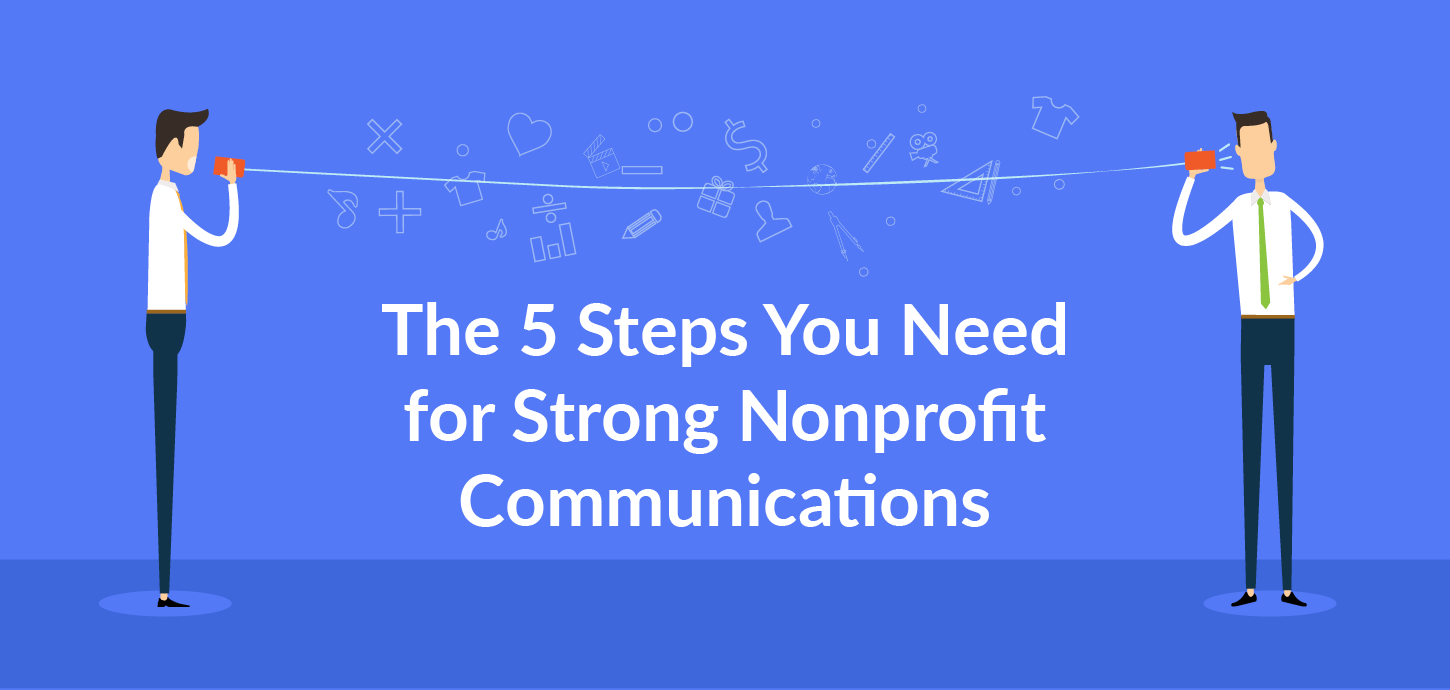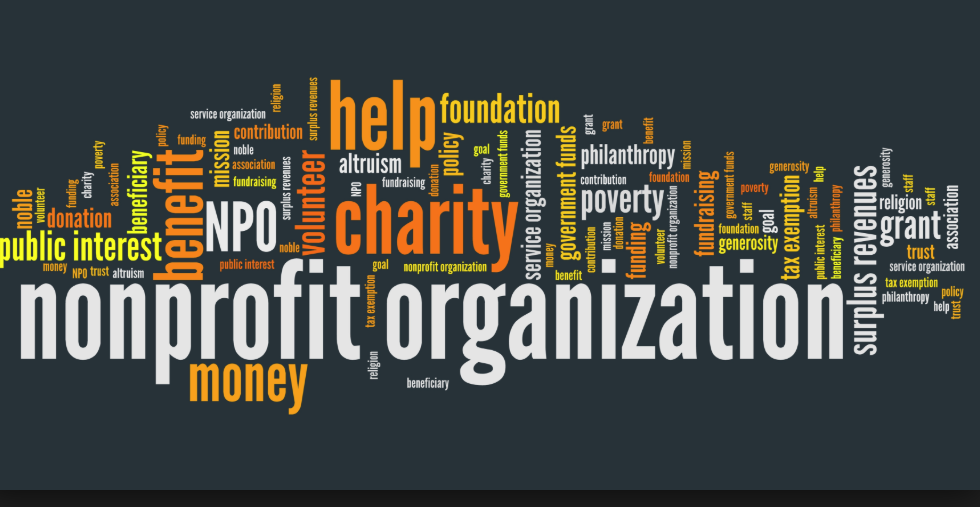Nonprofit Company: Expert Providers for Effective Fundraising and Development
Nonprofit Company: Expert Providers for Effective Fundraising and Development
Blog Article
The Relevance of Collaboration and Partnership for a Nonprofit Firm in Maximizing Resources and Enhancing Area Interaction
In the world of not-for-profit firms, collaboration and partnership emerge as vital systems for fostering and intensifying sources area interaction. By tactically engaging with other organizations, nonprofits can leverage shared experience and financial support, thereby attending to facility social challenges much more adeptly. Additionally, these partnerships not only boost program efficacy however also grow a deeper feeling of area involvement and ownership. Yet, the real possibility of these collective efforts frequently continues to be untapped, raising concerns concerning how best to browse collaborations for ideal influence and sustained success. What factors add to the effectiveness of these cooperations?
Advantages of Partnership

In addition, cooperation cultivates innovation by encouraging the exchange of concepts and best methods. When organizations interact, they can discover diverse perspectives, causing creative solutions that might not emerge alone. This common problem-solving approach can eventually improve solution distribution and program results.
Furthermore, collaborative efforts can boost neighborhood involvement. When nonprofits companion with each other, they can activate more comprehensive support from stakeholders, consisting of volunteers, benefactors, and community members. This cumulative involvement not only enhances exposure yet also enhances the trustworthiness of the participating organizations.
Building Strategic Collaborations
Cooperation among not-for-profit agencies typically leads to the formation of critical partnerships, which are essential for maximizing impact and accomplishing shared objectives. These collaborations enable organizations to utilize each various other's toughness, enhancing service shipment and broadening outreach. By lining up objectives and missions, nonprofits can create a synergistic effect that enhances their reach and efficiency within the neighborhood.
Building tactical partnerships requires mindful planning and mutual understanding. Organizations should initially recognize possible partners that share similar worths and objectives, making sure compatibility in objective and vision. Establishing open lines of interaction cultivates trust fund, permitting companions to discuss expectations, obligations, and sources transparently. Routine meetings and joint efforts can aid preserve momentum and address obstacles proactively.
Additionally, plainly defined responsibilities and functions are essential for liability and success. Defining the partnership with created agreements can supply a structure for collaboration, laying out the scope of job, efficiency metrics, and examination approaches. By promoting these critical alliances, not-for-profit agencies can boost their ability to attend to area needs, introduce solutions, and activate resources successfully, inevitably bring about an extra lasting and substantial influence in the areas they offer.
Sharing Resources Properly
How can nonprofit firms optimize their influence via efficient resource sharing? By tactically working together with other organizations, nonprofits can enhance their operational efficiency and extend their reach within the neighborhood. Source sharing entails merging numerous possessions, consisting of funds, employees, competence, and centers, to attend to typical objectives better.

Additionally, leveraging each other's staminas can cultivate innovation. By exchanging knowledge and finest techniques, agencies can boost service distribution and develop new options to area obstacles. Reliable source sharing additionally grows a feeling of unity, enhancing the idea that collaboration is necessary for attaining substantial social influence.
Involving the Area
What methods can not-for-profit firms utilize to successfully engage their neighborhoods? Primarily, establishing open lines of interaction is critical. Making use of numerous systems, such as social media, e-newsletters, and neighborhood discussion forums, enables companies to disseminate details, get feedback, and foster discussion. This two-way interaction not only educates the area regarding the agency's mission and activities yet additionally welcomes input, making community participants feel valued and included.
Furthermore, creating collaborations with neighborhood companies can enhance outreach efforts. nonprofit agency. Collaborating with institutions, companies, and various other nonprofits can amplify sources and develop a more considerable support network, enabling for joint campaigns that resonate with neighborhood requirements
Moreover, organizing area events, workshops, and volunteer opportunities can facilitate much deeper engagement. These tasks create a feeling of belonging and motivate active engagement, allowing individuals to add to the agency's goals while constructing partnerships with fellow neighborhood members.
Gauging Collective Success
Evaluating the performance of collaborative efforts is essential for nonprofit companies looking for to maximize their influence. Determining collaborative success involves establishing clear, measurable purposes and making use of a selection of metrics to assess performance. Trick indications may consist of the number of collaborations created, resources shared, and the concrete outcomes achieved through cooperation.
To successfully measure success, nonprofits need to execute a structure that integrates both qualitative and quantitative information. Interviews and studies can offer understandings into stakeholder complete satisfaction and the perceived value of collaborations. Furthermore, tracking metrics such as service reach, community interaction levels, and economic performance can provide an extensive view of collaborative performance.
Routine assessments must be conducted to recognize locations of renovation and best methods. This iterative process not only boosts liability but additionally fosters a culture of constant understanding within the organization - nonprofit agency. By transparently sharing assessment results with stakeholders and companions, nonprofits can strengthen connections and build trust fund
Inevitably, determining collective success allows not-for-profit firms to improve their look here strategies, assign resources much more effectively, and boost their mission-driven initiatives, bring about a better cumulative impact on the communities they serve.
Conclusion

In the world of not-for-profit Check This Out firms, collaboration and partnership emerge as vital devices for amplifying resources and cultivating community interaction - nonprofit agency. By cultivating these strategic alliances, nonprofit agencies can enhance their capacity to deal with community demands, innovate solutions, and activate resources successfully, inevitably leading to an extra lasting and substantial effect in the neighborhoods they serve
By strategically working together with other companies, nonprofits can boost their functional performance and expand their reach within the neighborhood.What methods can not-for-profit companies employ to effectively engage their neighborhoods?Collaboration and partnership stand as necessary columns for nonprofit companies intending to make best use of sources and boost neighborhood engagement.
Report this page